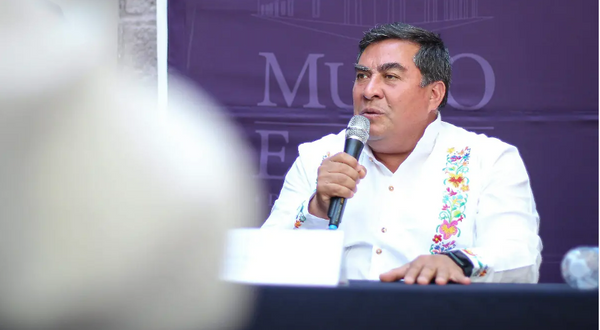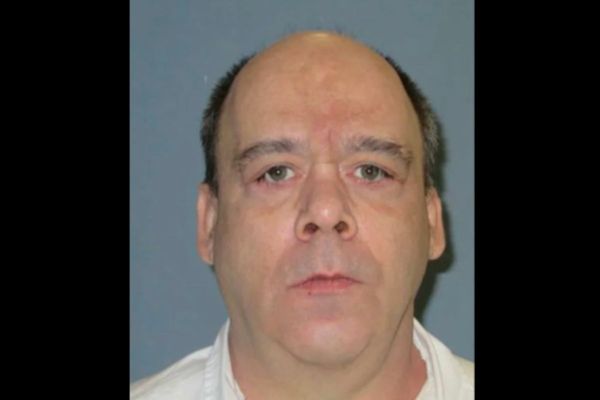
NEW DELHI : India has notified a traffic management policy framework for National Unmanned Aircraft System (UAS) or drones, which will allow both private and public service providers to manage drone traffic in the country.
The traffic management policy framework for drones takes into scenarios which involve flying multiple drones near manned aircraft, especially on lower levels of the airspace where drones are allowed to fly.
"With rapid technological evolution of unmanned aircraft, opening up of new use cases and policy reforms, the number of unmanned aircraft operating in the Indian airspace is poised to increase rapidly," said the National Unmanned Aircraft System (UAS) Traffic Management (UTM) policy framework.
A copy of the policy frame work has been reviewed by Mint.
The safety of manned and unmanned aircraft across the Indian airspace is a critical requirement and needs to be enabled by a combination of standards, procedures, technology and real-time data exchange, the policy said.
"Current Air Traffic Management (ATM) systems have not been designed to handle the traffic from unmanned aircraft. Integration of unmanned aircraft in the Indian airspace using conventional means may require unmanned aircraft to be equipped with bulky and expensive hardware, which is neither feasible nor advisable," it said.
"This requires the creation of a separate, modern, primarily software-based, automated UAS Traffic Management (UTM) system. Such systems may subsequently be integrated into traditional ATM systems," it added.
The policy framework further defines the architecture and mechanism for UTM Airspace, which includes traffic management of unmanned aircraft in Very Low Level (VLL) airspace up to 1000 feet above ground level.
"This airspace (up to 1000 feet above ground level) shall be defined as UTM Airspace," it said.
"Further, this framework establishes the roles and responsibilities of key stakeholders, who are a part of the UTM ecosystem in India," it added.
According to the policy, the UTM systems will assist in achieving objectives like identifying stakeholders to seamlessly communicate with each other, assisting in separating unmanned aircraft from other manned and unmanned aircraft and provide situational awareness of VLL airspace to concerned stakeholders.
The key stakeholders for this include the central government, the Directorate General of Civil Aviation (DGCA), Bureau of Civil Aviation Security (BCAS), Airspace Management Agencies, Air Traffic Control (ATC) Authority, Air Defence Authority, UAS Traffic Management Service Providers (UTMSP), Supplementary Service Providers (SSP), remote pilot, law enforcement and security agencies, and general public.
“This policy framework shall allow third-party service providers to deploy highly automated, algorithm-driven software services for managing drone traffic across the country" said Smit Shah, Director, Drone Federation of India.
“The vision to conduct an outcome-based, time-bound UTM experiment as the key next step of the policy framework shall allow India to engage in a public-private partnership for developing safety and separation standards for drones and allow drone operations to scale up quickly in the country," Shah added.







